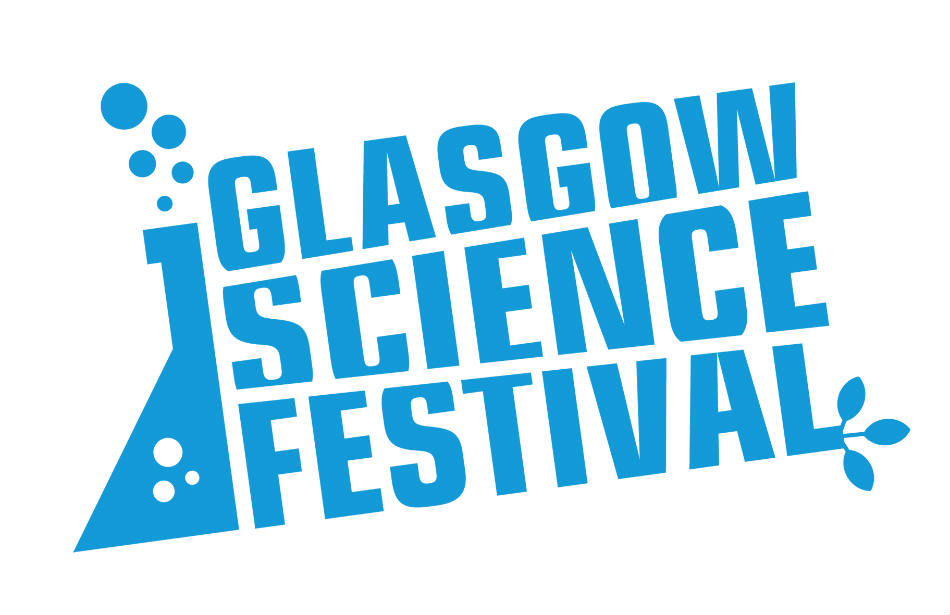Glasgow Science Festival

Launched in 2007, Glasgow Science Festival (GSF) has grown to be one of the largest science festivals in the UK. GSF takes memorable events to non-traditional venues across the City, engaging with up to 50,000 people, from all ages and backgrounds, throughout the June festival. The principal aim is to showcase the outstanding contribution Glasgow and Glasgow based researchers make to the worlds of science, technology, engineering, maths and medicine (STEMM). GSF do this by developing content with researchers and by working with partners to produce a varied programme of activity featuring high-quality events and innovative delivery styles. GSF combines a light-hearted tone with a seriousness of purpose, exploring STEMM and the social and ethical issues surrounding these subjects.
GSF 2020 went virtual
2018 "Glasgow Imagines"
CDT PIADS will be showcasing an activity on Science Sunday in this year's festival, with the overall theme "Glasgow Imagines".
Synopsis
Imagine that the nanoscale was supersized so that you could see it with your eyes?
Students in the EPSRC Centre for Doctoral Training in Photonic Integration & Advanced Data Storage are working with major partner Seagate to make cutting-edge and innovative advancements in nanotechnology to support ever-increasing demands in the storage of 'big data'.
The world is churning out data and data storage requires nanotechnology. Imagine that the nanoscale was supersized so that you could see it with your eyes? We will aid that imagination by a visual guessing game using 3D printed nanotechnology examples to understand the scale. We invite families to interact with our supersized ruler to visualise the nanoscale: in 'pin the tail on the donkey' fashion, guess where our 3D-printed nanotech components fit on this scale. This will be reinforced using a microscope to view objects associated with data storage and the challenge of manufacturing technology to meet the demands of the ever-increasing need for data storage.
Families are invited to take a techno-selfie with our Raspberry Pi-coded camera and ponder how the information contained in a photograph is stored digitally. Data is stored using a code called binary in a unit called a bit. Did you know that magnetic material shaped as grains store this data? An average image has a size of 16 million bits - Imagine one gain of rice represented one of these magnetic grains and that photo would be the equivalent to 500 kilograms of rice!
Real samples will also be viewable on an optical microscope and our students will guide interested adults through inner workings of open hard disc drives to explain their research.

2017 "Glasgow Explores"
2017 saw CDT PIADS' first participation at a science festival on GSF's flagship 'Science Sunday', an inspirational 'meet real-life scientists' day where the family-friendly programme allows the public can tap into cutting edge-research on tropical diseases, gravitational waves, robots and more. We personally were able to interact with over 500 attendees, explaining basic concepts in magnetism and data storage, followed by discussions on the impact of data generation and 'the cloud'.
The full photo album from the event can be found on our CDT PIADS Facebook page.










